
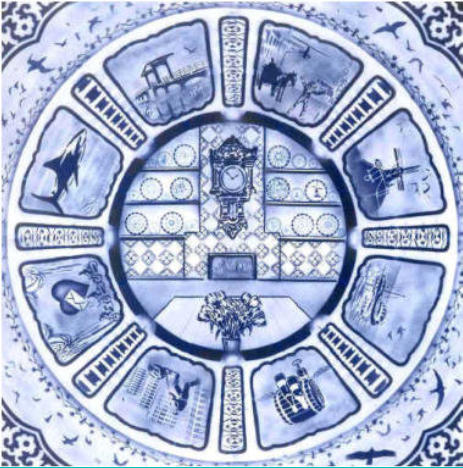
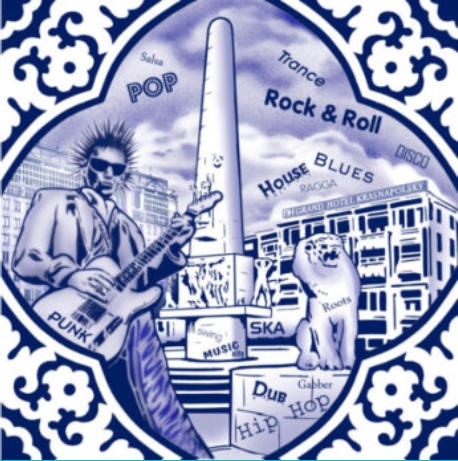
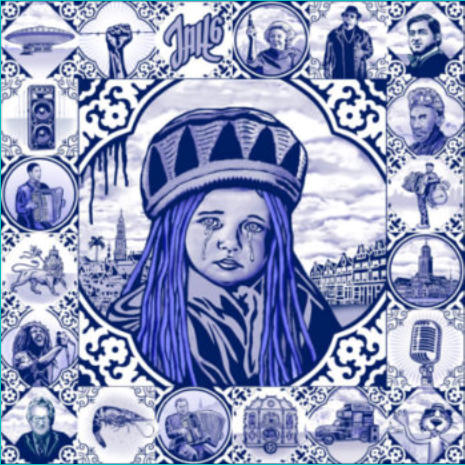
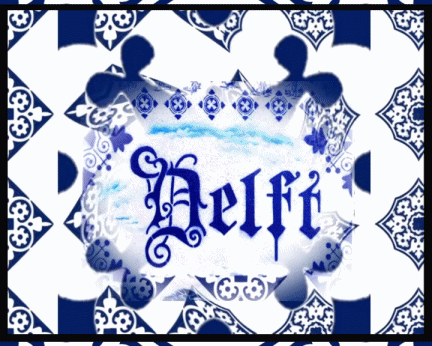
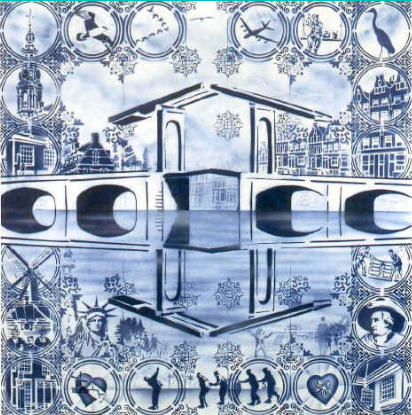
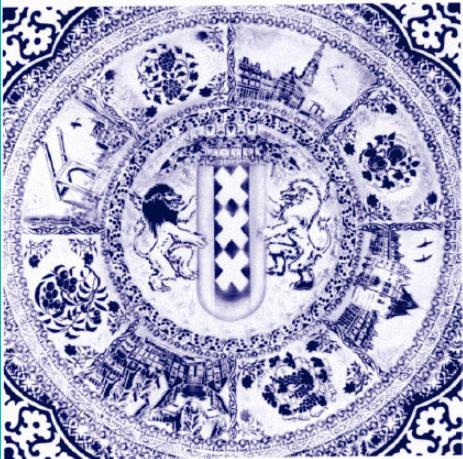
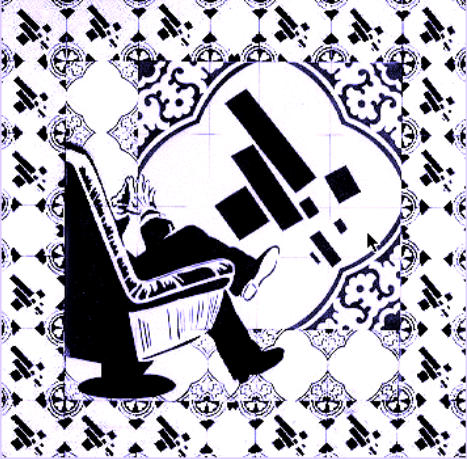
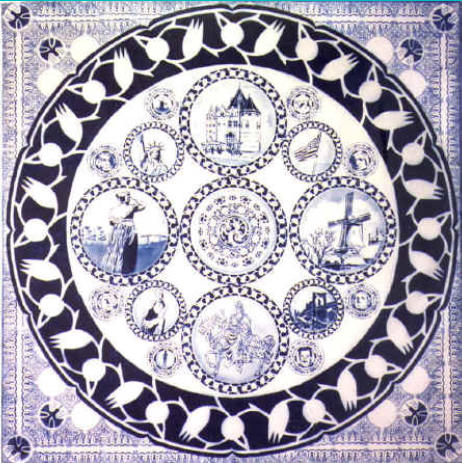
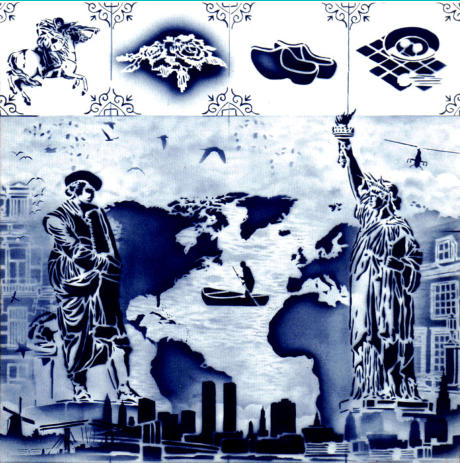
Delft Blue pottery, also known as Delft Blue, Delftware, or Delft porcelain, is the characteristic white tin-glazed ceramic pottery with blue decorations, traditionally
produced in Delft in The Netherlands. Delft Blue pottery was first made around 1600 as an alternative to Chinese porcelain.
The technique to produce white tin-glazed ceramics originated in the Middle East and spread through Europe via Spain and Italy to Antwerp. Many potters from
Antwerp fled to Dutch cities after the Spanish conquered Antwerp in 1585 and introduced these new pottery techniques in The Netherlands.
The Flemish potters in Delft succeeded best in refining their techniques to produce much thinner, more luxurious earthenware that could be used as tableware,
and we now know as Delft blue pottery. Potters in other Dutch cities also made tin-glazed pottery, but the pottery from Delft was considered the best in The
Netherlands.
Delft Blue pottery was first produced around 1600 to copy Chinese porcelain introduced by Dutch merchant ships that returned from China. Delft blue pottery
became popular because Chinese porcelain was costly, and only the rich could afford it. However, it was impossible to exactly copy Chinese porcelain because
the clay used to produce porcelain contained kaolin, which was unavailable to the Delft potters.
Most of the Delft blue pottery is the characteristic white and blue faience, although other color schemes were used. Most of the Delft Blue Pottery was household
tableware for everyday use, but items like vases, pictorial plates, and tiles were also in great demand.

